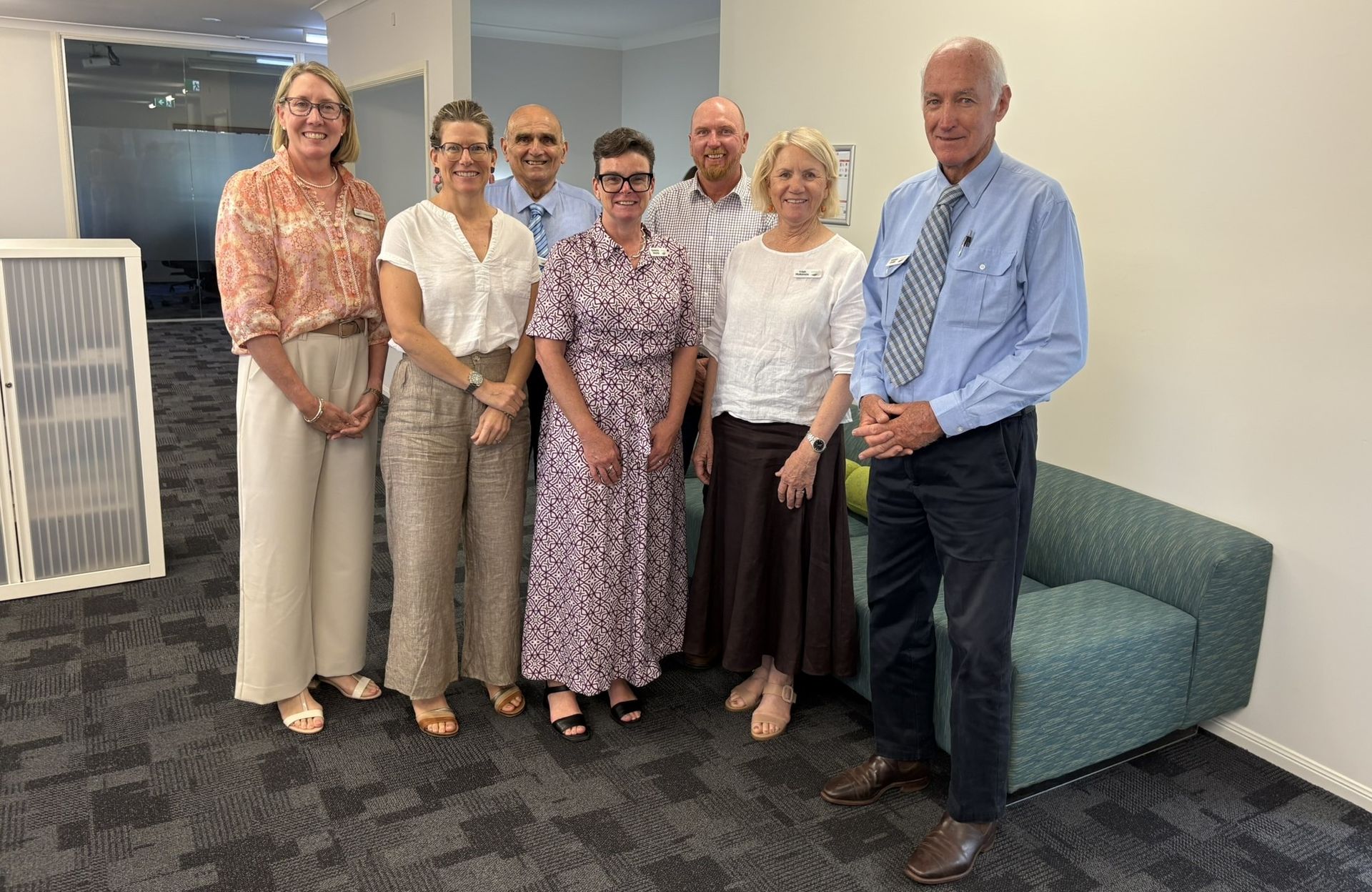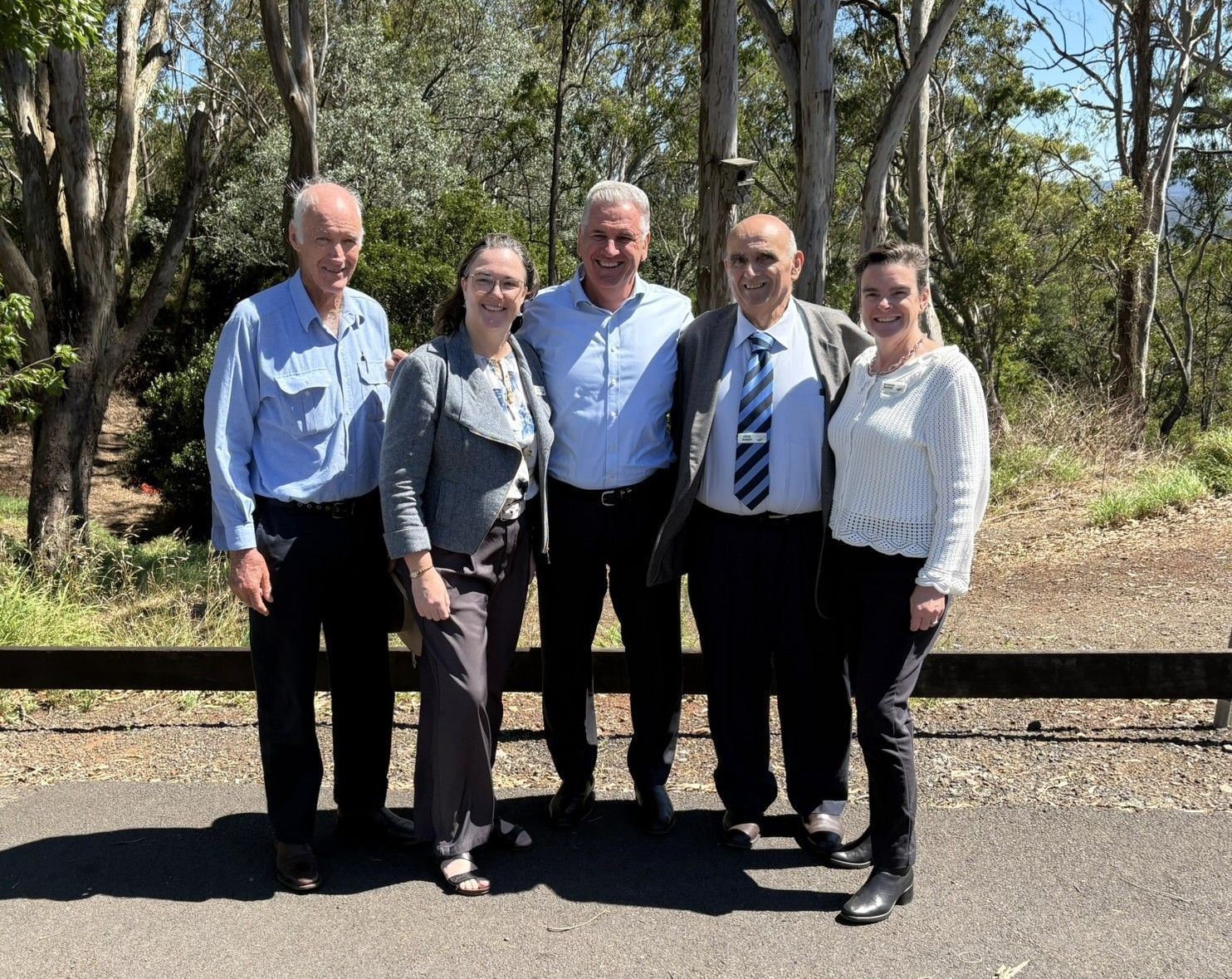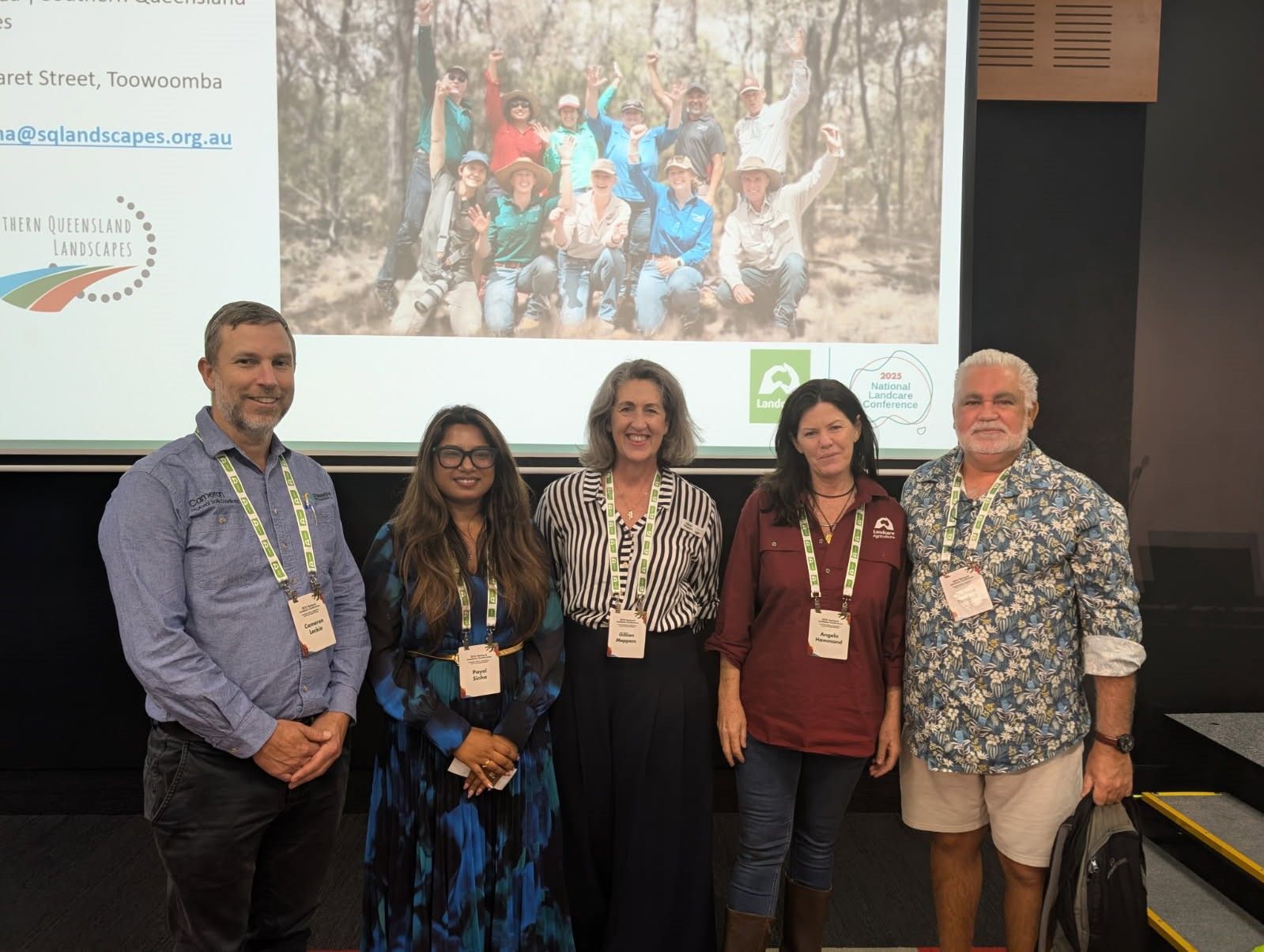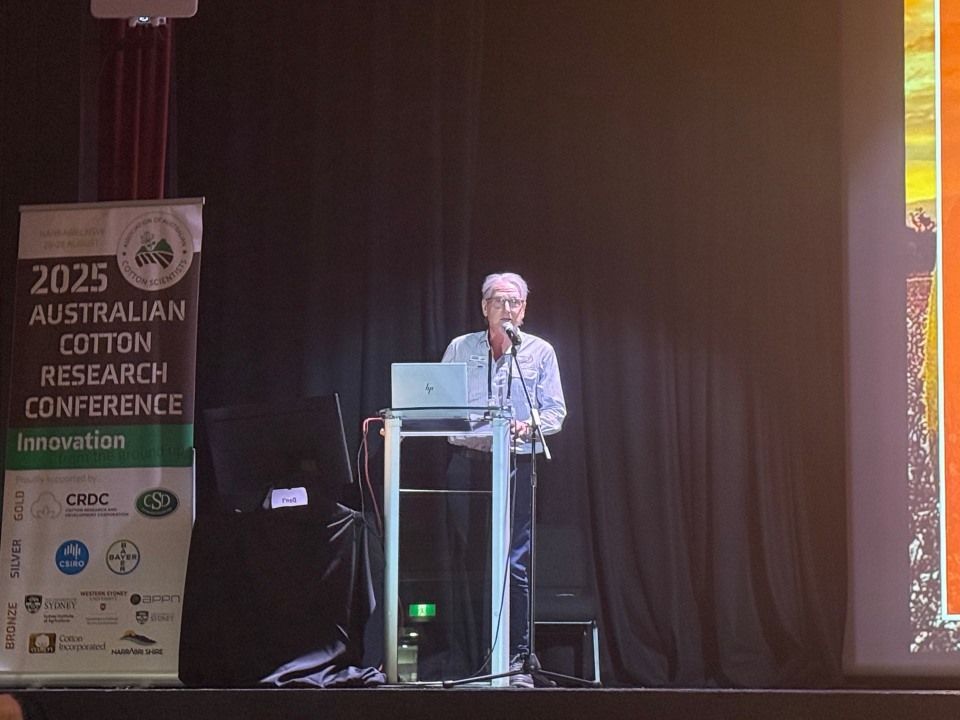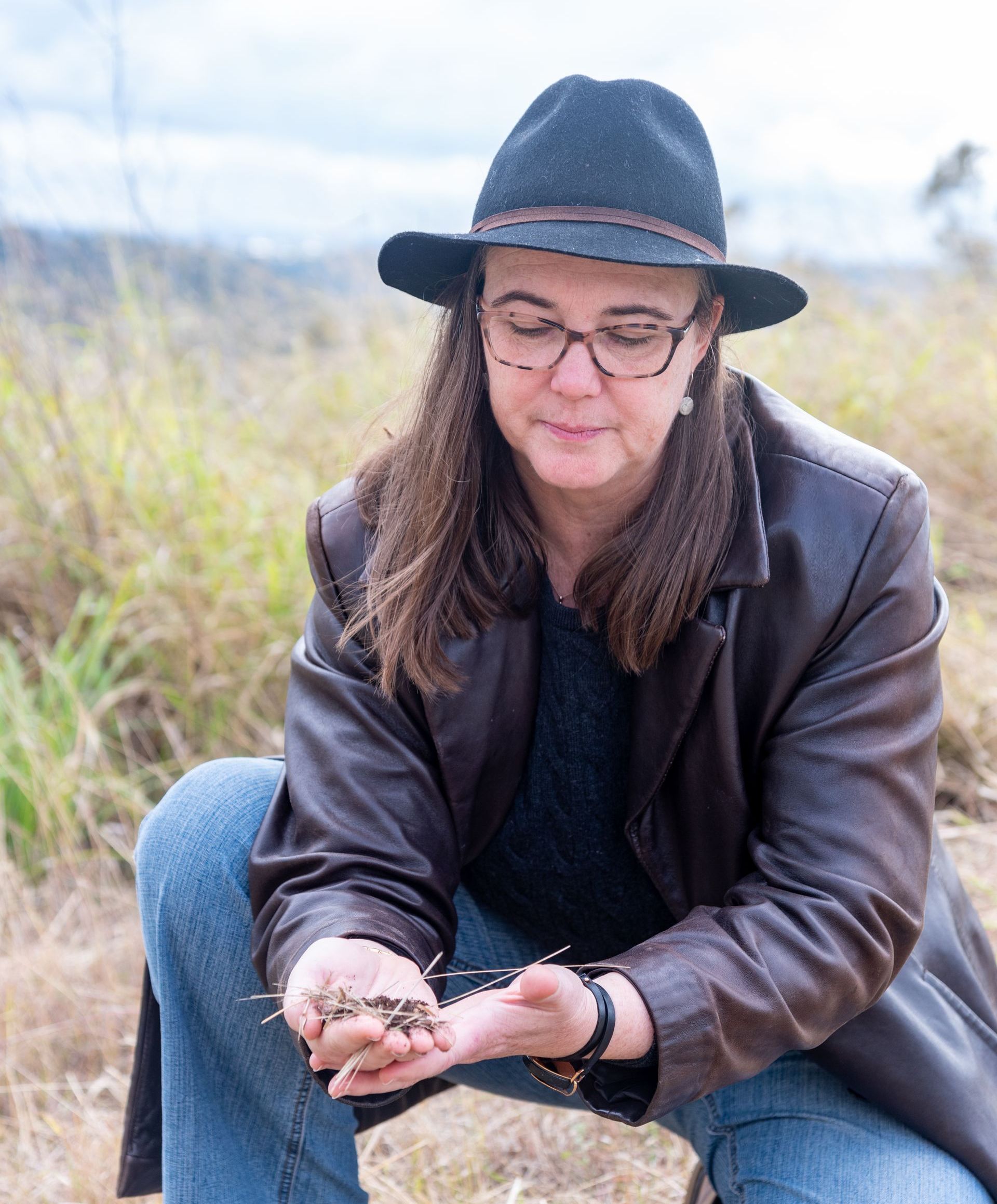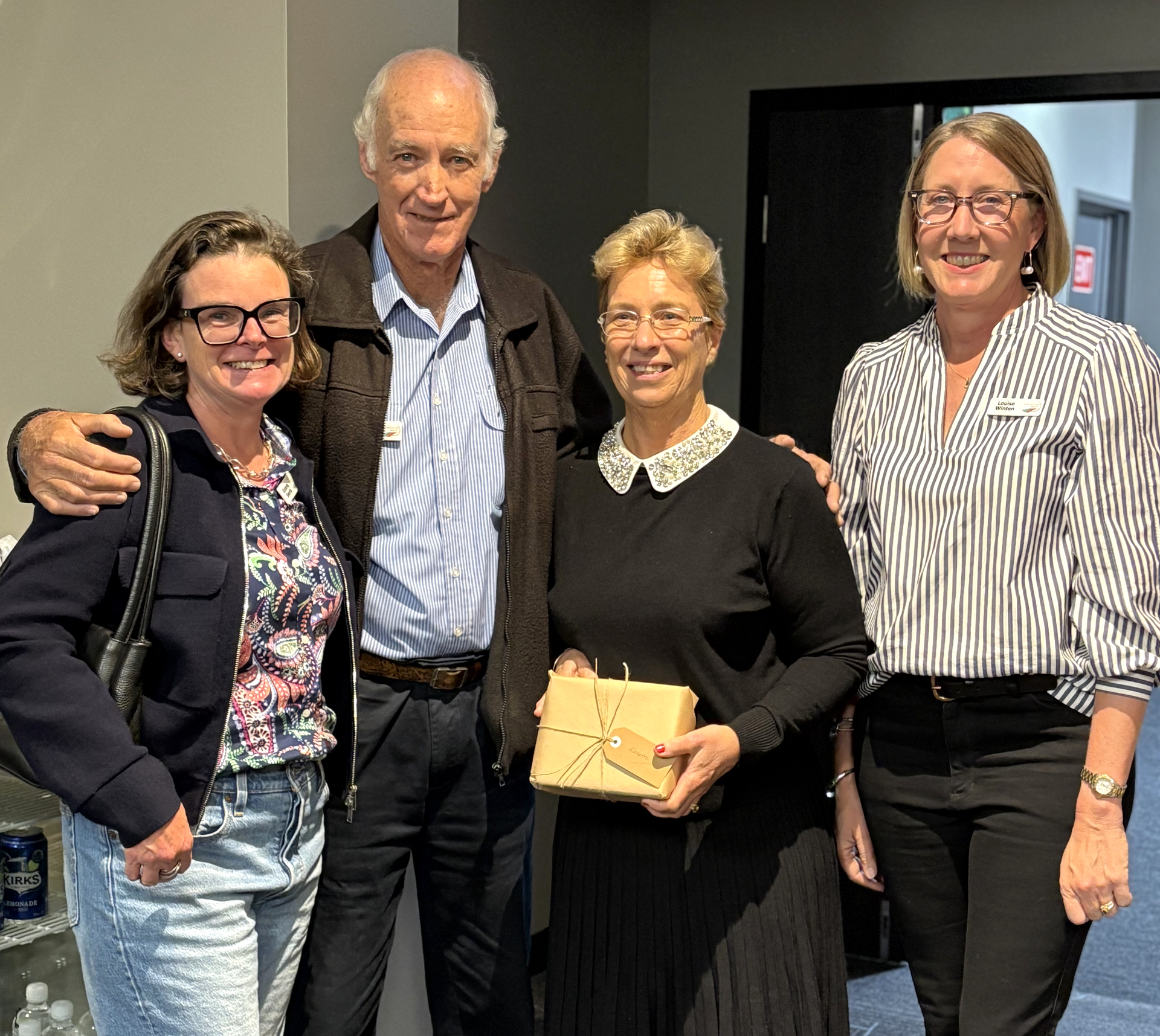If foot and mouth disease (FMD) hit Australia; could it be controlled?
That’s the $24 billion* dollar question being put to the test by scientists and biosecurity experts leading a simulated FMD outbreak on 60,000 hectares in the New South Wales region of Nullamanna.
Northern Tablelands Local Land Services (NTLLS) is heading up the $1.4M simulation in conjunction with the NSW Vertebrate Pest Research Unit, NRM organisation Southern Queensland Landscapes (SQ Landscapes), 46 private land managers, 3 National Parks and 12 travelling stock reserves.
NTLLS Project Officer for FMD Prevention & Preparedness, Mark Tarrant said Nullamanna will be a world first proof of concept that an FMD outbreak could be managed through the intensive pest control of major disease carriers like pigs, deer and goats.
“We had a million options of sites to choose from, but the reason why we chose Nullamanna was because this is the first time that we have had the opportunity to apply research to onground outcomes; we’ve never had this opportunity anywhere else before on the back of research on the Nullamanna site by SQ Landscapes’ Darren Marshall,” Mark Tarrant said.
“There’s also multiple land uses, private land, grazing, cropping, private conservation, national parks and feedlots; so a lot going on there, plus because of the work Darren Marshall and the team from SQ Landscapes have been doing in the area we already had a semi-engaged community,” Mr Tarrant said.
“The simulation kicked off in November with a community engagement meeting where we announced the project and obtained consent from land managers for onground works. Then we used a thermal drone to survey 10,500 hectares, which was really critical for us to set a baseline of pig, deer and goat numbers; and that’s an actual count, no modelling,” he said.
“Then because we knew the core home ranges of pigs on the Nullamanna site we selected one of the travelling stock reserves as the simulated site of the outbreak; applied a 5km radius around that for intensive pest control and a further 10km radius as a buffer.”
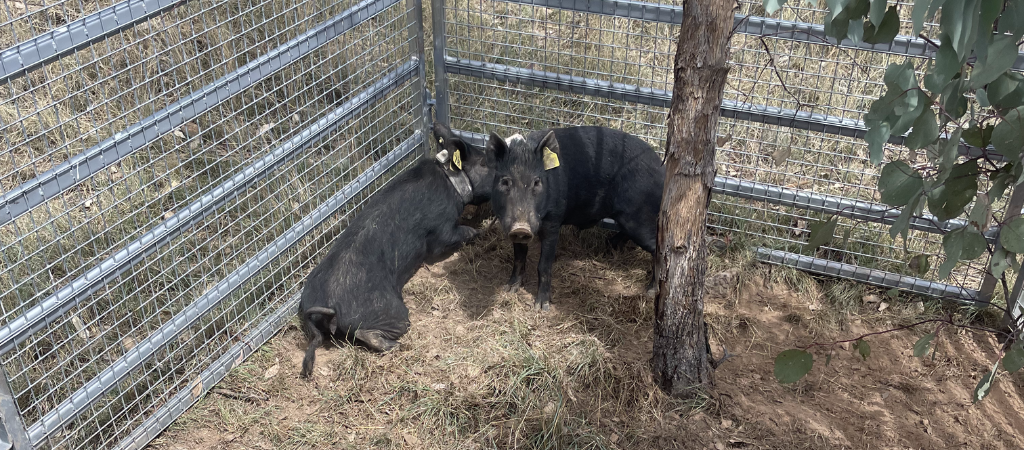
“Feral pigs are social and live in family groups of up to 30 individuals; so when
you collar one pig and GPS track it you know where the other 29 are”. - Lachlan Marshall
January 2023, saw the team from SQ Landscapes move into the 5km zone to set up 40 traps and put GPS collars on 20 pigs to map their movements during the six month simulation; and on February 1 the LLS Feral Animal Shooting Team (FAAST) moved in to commence an intensive seven day aerial shoot.
SQ Landscapes Project Officer Lachlan Marshall said aerial shooting will continue on the Nullamanna site for the first week of the month, every month until May; with each aerial shoot followed by intensive onground trapping and baiting.
“During the first week of February FAAST got 833 pigs, 101 fallow deer, 75 feral goats, 31 foxes and 3 cats; then in the remaining three weeks of February we trapped a further 62 pigs,” Lachlan Marshall said.
“In the first week of March FAAST got a further 460 pigs, 65 deer, 126 feral goats**, 26 foxes and 4 feral cats; and another 6 pigs were trapped following the shoot,” Mr Marshall said.
(**Goat numbers increased from January results owing to an increase in land manager participation).
“In those first couple of days of an aerial shoot, the FAAST team will focus on the 5km radius wholly and solely; but by the third or fourth day the ferals have moved out to the 10km radius so they sweep out there and then move back into the 5km radius for the fifth, sixth and seventh day of aerial shooting,” he said.
“As feral numbers decline we’re hoping to really lever off the onground trapping, baiting and collars to zero in on where the remaining populations are in the landscape and really target our efforts with the aim of completely eradicating pests within the 5km zone.”
“It’s really exciting for us as this is the first time anywhere that this level of control has happened. If we are going to have an impact on feral pig populations and the risk they pose as carriers of diseases like foot and mouth, this is the project that is going to show it.”
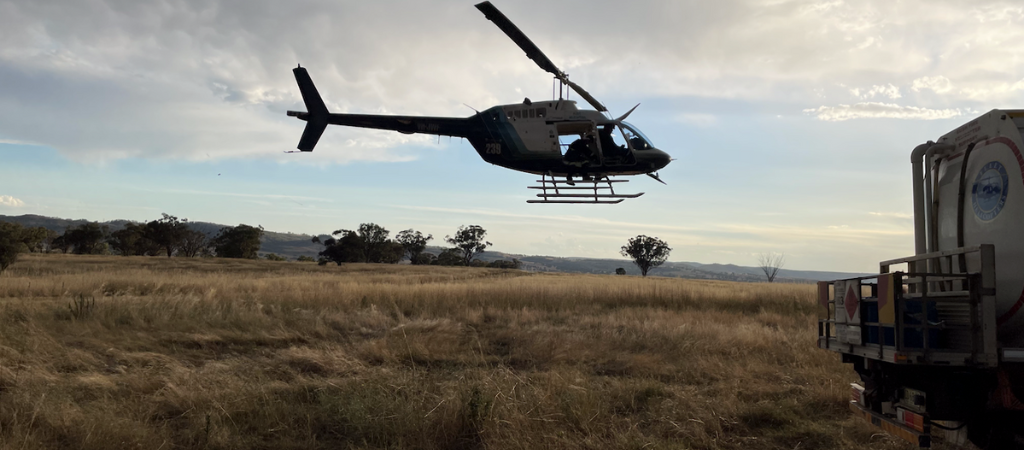
“It’s really exciting for us as this is the first time anywhere that this level of control has happened. If we are going to have an impact on feral pig populations and the risk they pose as carriers of diseases like foot and mouth, this is the project that is going to show it.” Lachlan Marshall said.
Mark Tarrant said 833 pigs shot in the first week of aerial shooting was quite a high number given control programs on the site prior to the simulation.
“To shoot more than half of that number of pigs again 4 weeks later is hugely concerning and that is what I am finding really interesting with this project and we’ve got so many questions about that,” Mark Tarrant said.
“Even with the intel we had on the pigs whereabouts based on the GPS tracking of the collared pigs, our aerial shooters found it difficult to locate the pigs which shows you they are really good at hiding when they hear a helicopter,” Mr Tarrant said.
“So we’re going to overlay the collared ‘Judas’ pigs’ movements with the route of the helicopter and animate what the pig was doing when the helicopter flew over to learn more about their behaviour and find out how we can maximise our opportunity during an aerial shoot,” he said.
“Potentially the numbers in the second shoot may also have been achieved through a vacuum effect where neighbouring pigs are coming into the area because there are no pigs there.”
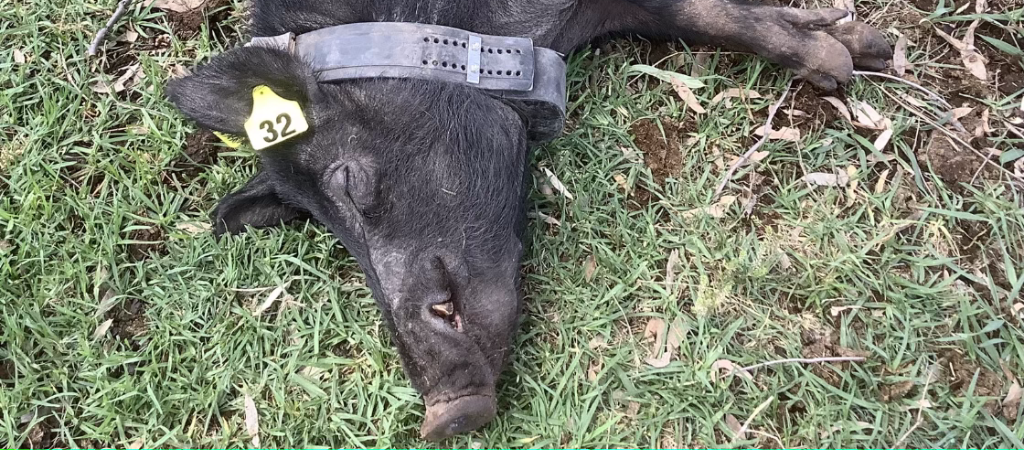
“Even with the intel we had on the pigs whereabouts based on the GPS tracking of the collared pigs, our aerial shooters found it difficult to locate the pigs which shows you they are really good at hiding when they hear a helicopter,” Mr Tarrant said.
Originally the plan was to see if they could achieve local eradication within the 5km zone, but Mark Tarrant said eradication without fencing or some sort of barrier to minimise the vacuum effect would make it highly unlikely as an achievable goal.
“We’ve gone for the intensive control program which is where you go down the numbers path of reducing risk through reducing population numbers; the smaller you get the less risk,” Mark Tarrant said.
“But we’re going to have to deploy every trick in the play book to make that a reality, that is probably the screaming pig for me in this simulation; where ever a land manager is applying pest control it’s got to be an integrated pest control; aerial doesn’t stop it, onground doesn’t stop it, it’s got to be everything thrown at it in a coordinated and strategic way,” Mr Tarrant said.
“Historically we’ve undertaken one off aerial shooting programs and yielded over 3,000 pigs, which is a great result; but concerningly what we’ve learnt here with this program is there could still be 2,000 pigs left in the landscape which means we’ve actually had minimal impact,” he said.
“This simulation is teaching us that real control of ferals, particularly pigs is possible, but the effort and resources that have to be thrown at it to make a real difference is alarming; it’s a huge amount of work to reduce the numbers in a quick period of time and one that simply wouldn't be possible without the help and engagement of land managers.”
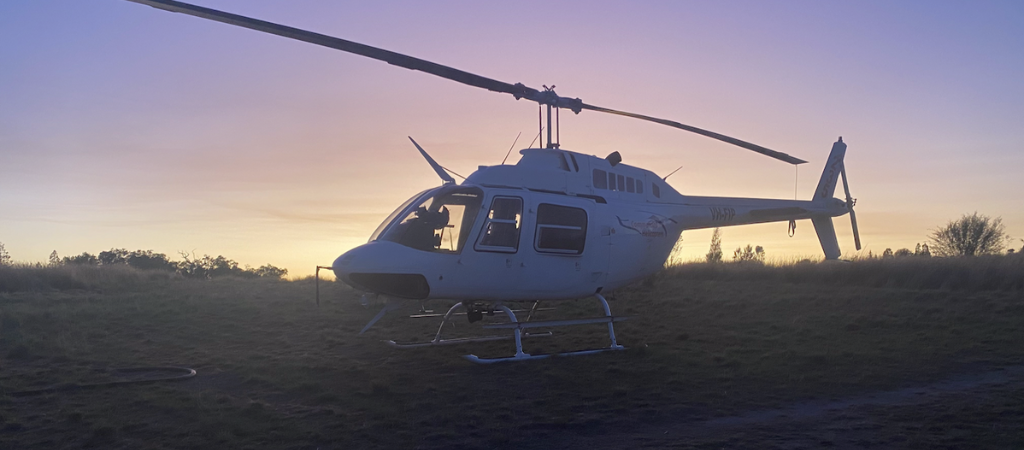
“Historically we’ve undertaken one off aerial shooting programs and yielded over 3,000 pigs, which is a great result; but concerningly what we’ve learnt here with this program is there could still be 2,000 pigs left in the landscape which means we’ve actually had minimal impact,” Mark Tarrant said.
Meanwhile SQ Landscapes Vertebrate Pest & Wildlife Management Lead, Darren Marshall couldn’t agree more.
“We know that the ecology of a rainforest is hugely complex, but what we have tended to ignore or not think about is the complexity of humans in these scenarios and what my research has found is that you can’t save the forest without engaging the humans,” Darren Marshall said.
“I’m not sure it is possible to have a pig free Australia because people are the problem not the pigs and it’s the human dimension that doesn’t allow us to implement strategic control at a landscape level because land managers get side tracked on what they think are more important issues as pig populations decline,” Mr Marshall said.
“Some people like shooting pigs so they make sure they keep a few around and others keep pigs in the landscape because they make money out of them, so in addition to Mark Tarrant’s advice that this problem needs every tool in the tool kit to solve, it also needs 100% uptake and engagement of land managers,” he said.
“So to answer your original question, ‘If foot and mouth disease hit Australia, could it be controlled?’; I think we are going to find through this simulation that the answer is yes, but that it will be costly, a lot of work and will almost solely depend on everyone, not just some people, obsessively working together to blast these things out of existence.”
*It’s estimated that foot and mouth disease could cost Australian agriculture $23.6 billion dollars over a ten year period. - ‘Consequences of a foot-and-mouth disease outbreak’
